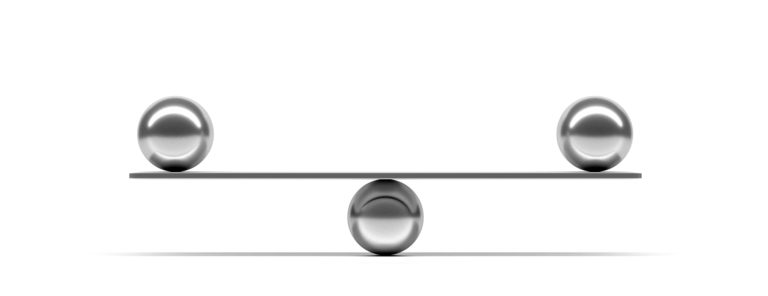
Amazon sales rank, or Best Sellers Rank (BSR), is a calculation based on sales updated on an hourly basis to reflect recent and historical sales of every item sold across the platform.
One of the methods of achieving higher sales on Amazon is to get a higher product ranking. The higher ranked the product, the more revenue for the seller. The Amazon search algorithm (A9) is entirely different from Google. Amazon is about purchasing from a consumer’s point of view and selling from a seller’s point of view. It’s that simple. Your objective is to generate as many sales as possible, get authentic product reviews and provide the best service to your Amazon customers. But what role does price play?

“I’m a Big Believer in the Fact That Life Is about Preparation, Preparation, Preparation”
When an intelligent investigator wants to catch a criminal, he starts thinking like one to understand his ideology and movements. In this case, you are the detective, and A9 is the criminal.
Price is the only determinant that you have direct control over. You set and change it whenever you please. Other factors, like sales velocity or relevancy that affect ranking – for the sake of this argument – are beyond your control. Amazon or the buyers themselves take care of that. When considering where you’ll rank, the A9 algorithm compares your price to competitors. The algorithm is optimized to show the most relevant and best-priced products. Generally, pricing below the average can lead to a huge sales boost.
“I Want to Describe Myself, Not Be Described by Others”
The A9 algorithm also determines who wins the Buy Box – the box on the right side of a product page where customers can choose to add additional items to their cart. Over 80% of sales go through the Buy Box, and to win it or even show up, Amazon’s A9 algorithm compares competitors head-to-head to see who should win. As you’ve probably guessed by now – one of the most significant factors in this comparison is price. Unfortunately, you can describe yourself all you want but may not have the opportunity for others to describe you if you’re not ranking.

“If the Glove Doesn’t Fit, You Must Acquit”
All of that makes a strong, almost iron-clad, argument for one side – however, it doesn’t mean a seller should drop their price drastically for the sake of increasing sales velocity. An equilibrium point makes sense for every product depending on their margin, available inventory, lead-time, and several other factors. If it doesn’t make financial sense to lower your price, then don’t do it.
Closing Arguments
It is worth spending some time tracking your data for a set period – your BSR in particular – at any given price point. For example, if you work quarterly, note how a price increase or decrease improves BSR, keeps it in equilibrium, or tanks it, and adjust accordingly.
Of course, you’d want to look at how your competitors are priced and consider whether you have a better offering than them, giving you the right to charge a premium.
“As You Know, We Are on the Verge of Resting, but I Think We Are Going to Have to Re-evaluate That”
Lastly, the frequency at which you change the price doesn’t seem to affect the algorithm but, until you’ve gathered the necessary data to take appropriate action, it’s probably not worth rocking the boat. Once you have clear and concise information to work with, you can adjust from there and perhaps even use a pricing automation tool to your advantage.






